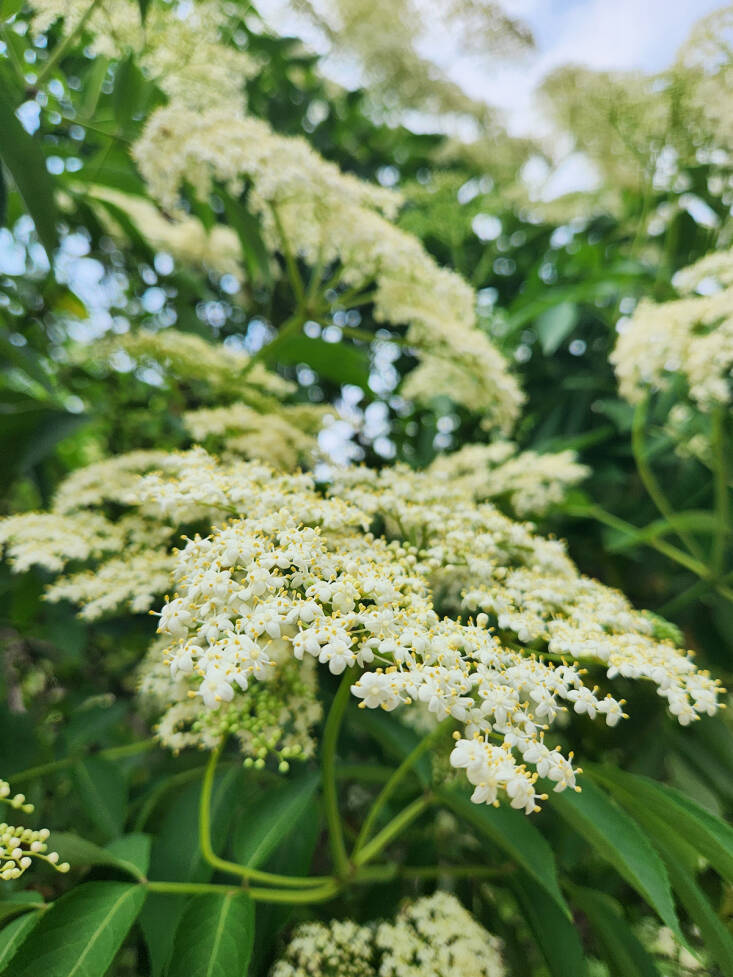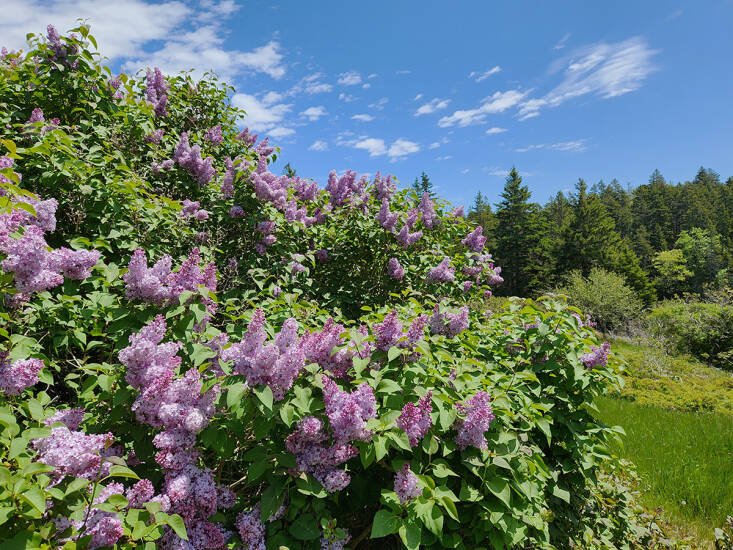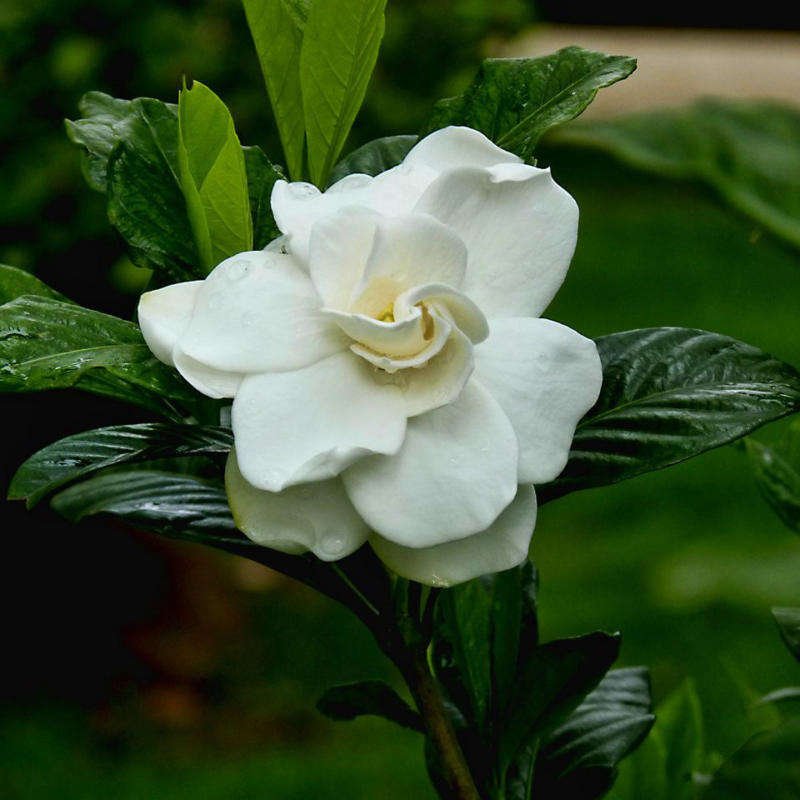I grew up in a little white house in the woods—tucked back neatly from the road, with a yard sloping toward the east punctuated by enormous pine trees. One pine, in particular, had sturdy branches that dipped toward the earth and, in doing so, obscured the outside world from noticing three children swinging in the branches or lying on their stomachs peering up at the sky as it shifted from blue to orange. In autumn, my parents would rake every single leaf that had fallen on our property and gather them here, which ensured that my brother, sister, and I could roll and jump into beautiful bits of organic art for hours. These leaves in vibrant shades of red, gold, and orange were the result of chlorophyll broken down in the cold to reveal stunning bits of pigment hidden in the warmth of summer.

Perhaps you didn’t have a large pine tree as a child to tuck beneath and consider the rhythm of the world. Maybe it was a well-established rhododendron at a public park, a boxwood in your grandmother’s backyard, or even just the line of sight from your favorite window. This feeling of safety, looking out at the world with wonder and curiosity while at the same time feeling protected from the world, is not unique. Jay Appleton first described this concept in 1975, calling it the Prospect Refuge Theory. He argued that this desire to see without being seen is evolutionary. In our bones lies the knowledge that, at one time, identifying predators from a far distance without revealing our location was critical to survival.

There are many ways in which we have designed our homes or public spaces to support this theory. Consider the peace you experience when sitting on a farmer’s porch, the giant sigh that escapes you when you stand on a balcony, or how you feel after settling into a booth at a busy restaurant. Our gardens are no different, and the Prospect Refuge Theory has been worked into landscape design long before Jay Appleton coined the term. A row of hedges with a small visual break to a rolling green, a bench tucked beneath a willow tree. If your garden lacks a space to rest and feel protected, consider adding one of the quick-growing shrubs below. Place a single chair or a small meditation bench in front of it, and enjoy the calm.
American Elderberry

This lovely native shrub shifts from delicate white flowers to deep purple fruit, attracts pollinators, and helps control erosion. It can grow up to 12 feet tall and thrives in full to partial sun in moist, well-draining, slightly acidic soil.
Lilac

Nothing says spring like the scent of lilacs in the air, but after the blossoms have passed, this shrub provides shade and privacy through its smooth, vibrant green leaves. Lilac bushes love lots of sun and well-drained soil.
Beautyberry

The light purple berries of this shrub are truly unique and seem to pop just when the rest of the garden begins to tire in autumn. The bush is native to the United States and commonly found on the edge of woodlands. As such, it grows best in part shade and enjoys rich, moist soil.
Ninebark

This has quickly become my favorite shrub in the garden. The Summer Wine variety offers deep maroon textural leaves and delicate white flowers in late Spring. Not only is this a fast-growing shrub, but it is wonderful to use in arrangements and bouquets around the house with flowers such as peonies and dahlias—plant in full sun to part shade, in moist soil. Once established, ninebark requires the occasional pruning but is very low maintenance.
Limelight Hydrangea

This hydrangea absolutely shines in a full moon, which is why I make sure to steal away at night, tuck myself beneath its gorgeous full white petals, and consider the stars. It can grow from six to eight feet tall and enjoys full to partial sun and well-draining soil.
A final note: should your garden lack the space for a proper shrub, don’t underestimate the power of sitting next to a pot with a climbing flower such as nasturtium, slowing down under an umbrella, or observing birds from a window. These small acts will bring a sense of calm to your day without much effort.
Elizabeth Brown is a gardener, writer, and mother who lives in Maine. Her first book, The Beginner’s Cut Flower Garden, will be released by Timber Press in 2026.
See also:
- A Garden from Scratch—How to Start Designing Your Outdoor Space
- Green Therapy: What Is It and Why You Need It for Your Health
- 17 Favorites: Shrubs With White Flowers










Have a Question or Comment About This Post?
Join the conversation